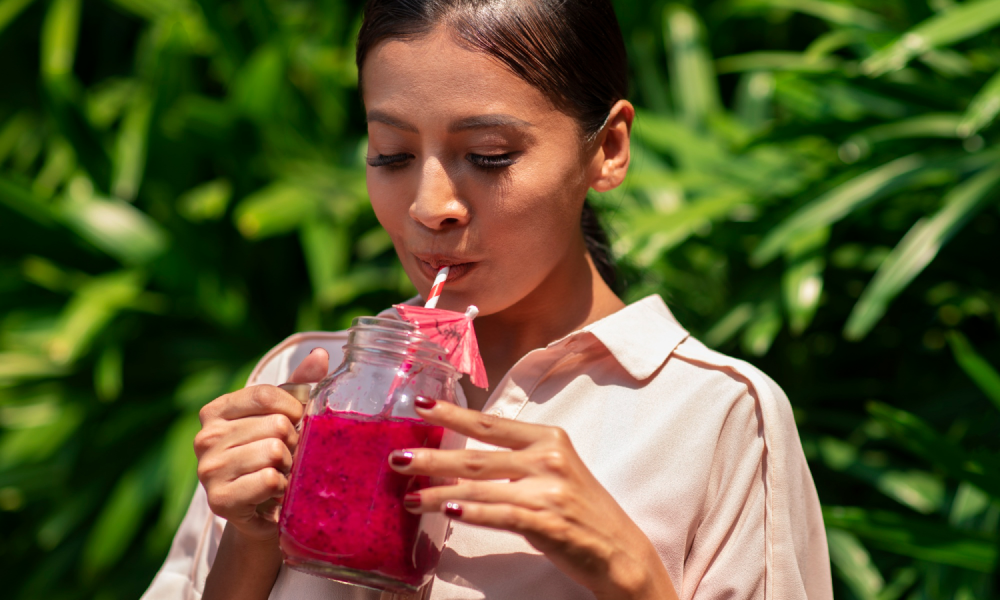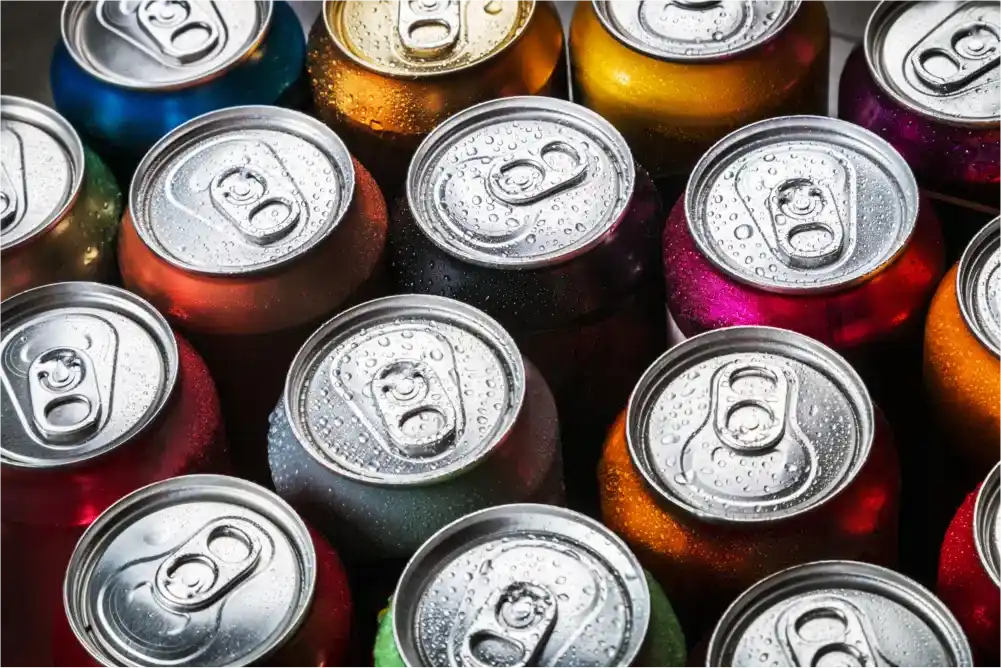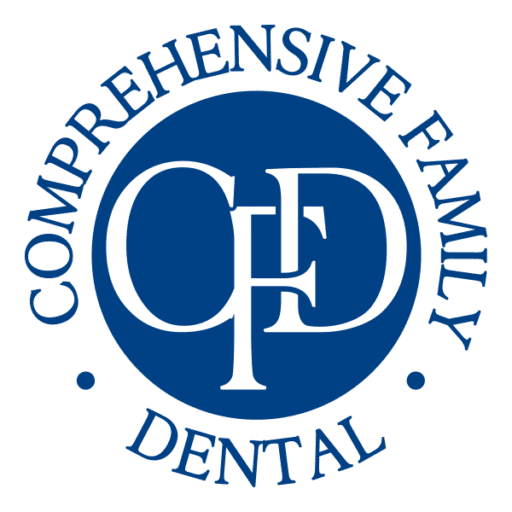Getting braces can improve your smile, but it also changes what you can eat. Many people wonder what you can eat while having braces. Luckily, there are still lots of options, and safe choices. This guide will also cover foods to avoid and give tips on protecting your braces while enjoying meals. Whether you’re craving a bagel or wondering if popcorn is okay, this article has practical advice and alternatives for you.
Soft Foods for the First Week with Braces
The first week with braces can be a time of adjustment. Teeth may feel sensitive, making it necessary to choose foods that are gentle on the mouth. Soft foods are the best option during this period, as they require minimal chewing and put less pressure on the teeth and braces.
Yogurts
Yogurts are an excellent choice for those with new braces. They are soft and easy to consume with little chewing. Yogurt can be a protein-packed soft food that can be eaten when braces are first applied. They have a soothing cold effect on sore teeth, providing a numbing sensation that feels great on teeth and gums. For those who are lactose intolerant, soy-based products offer a smooth and easy-to-swallow alternative. These options make sure that individuals with dietary restrictions can still enjoy soft foods during the initial adjustment period.

Cooked Vegetables
While raw vegetables may be too hard on new braces, cooked vegetables are a great option. Steaming, boiling, or baking vegetables makes them soft and easy to chew. This cooking process not only softens the vegetables but also helps to lock in their nutrients. Some vegetable options that work well with braces include carrots, broccoli, and green beans. Cooked vegetables are not only nutritious but also versatile. They can be prepared in various ways to keep meals tasty while still being safe for braces. This variety helps guarantee that individuals can maintain a balanced diet even with their new braces.
Smoothies and Soups
Smoothies and soups are great foods to eat with new braces. Smoothies can be customized with various fruits, vegetables, and juices, so you’ll never get bored. Soups provide comfort and warmth, especially soothing after getting braces. Creamy soups or broths with soft vegetables are excellent choices. Both are gentle on teeth and braces, making them ideal for any meal during the initial adjustment period. They also provide necessary nutrients without stressing the braces.

Safe Foods to Eat Throughout Your Journey
After the initial adjustment period, individuals with braces have a variety of safe food options. These choices allow for a balanced diet while protecting the orthodontic appliances.
Fruits and Vegetables
Fruits and vegetables are essential for a healthy diet with braces. Soft fruits like bananas, melons, and grapes are safe choices. For apples or pears, cutting them into small pieces makes them easier to chew. Berries like blueberries and raspberries are beneficial when teeth feel tender. Vegetables should be steamed or boiled to soften them and reduce the risk of damaging braces. Cooked carrots, broccoli, and spinach offer nutrients without harming orthodontic work and provide important vitamins A and C for oral health.

Proteins
Protein is crucial for overall health, and there are many braces-friendly options. Eggs are a good choice no matter what. They provide essential nutrients and are easy to prepare. Lean meats like chicken, fish, and tender cuts of beef or pork are suitable when cut into small pieces. Seafood like tuna and salmon offers another protein-rich option as well.
Grains and Starches
Grains and starches are important for a balanced diet. Pasta is easy to eat with braces, and oatmeal is a nutritious breakfast choice. Soft cooked rice and grains are better than harder options like crusty bread. Whole grains like quinoa and brown rice provide fiber and nutrients, helping maintain energy levels. Choosing these braces-friendly foods ensures a nutritious diet and protects orthodontic appliances, making the journey to a straighter smile comfortable and healthy.

Foods to Avoid with Braces
Wearing braces requires extra care when it comes to food choices. Certain foods can damage braces or make cleaning teeth more challenging. To achieve the best results during orthodontic treatment, it’s important to know which foods to avoid.
Hard and Crunchy Foods
Hard and crunchy foods pose a significant risk to braces. These items can crack or dislodge brackets, bend wires, and even chip teeth. Foods to steer clear of include ice (for chewing), hard candy and lollipops, raw carrots and apples, nuts and seeds, thick chips and hard pretzels, popcorn, and corn on the cob. These foods require too much force to bite through, potentially causing damage to orthodontic work. For safer alternatives, consider steaming vegetables or cutting fruits into small, manageable pieces.

Sticky and Chewy Foods
Sticky and chewy foods can pull brackets and ligatures loose, bend or break wires, and get caught in braces. This makes cleaning teeth much more difficult. Foods to avoid in this category include caramel, taffy, and toffee, chewing gum and bubble gum, sticky or gummy candies, and dried fruits and fruit roll-ups. Even seemingly soft foods like thick, chewy bread (such as pizza crust and bagels) and fibrous meats can cause problems for braces wearers. These foods can easily get stuck in brackets and wires, leading to a buildup of food debris and bacteria.
Sugary Foods and Drinks
While wearing braces, limiting sugar intake becomes even more crucial. Sugar can coat teeth, and with braces making cleaning more challenging, this can lead to tooth decay and cavities. Foods and drinks to avoid or limit include candy, soda and sports drinks, and foods with added sugars. It’s important to note that every time we consume something with high sugar content, our mouths undergo a 20-minute acid assault. This acid can dissolve the glue holding brackets to teeth and damage tooth enamel. If sugary foods or drinks are consumed, it’s advisable to brush teeth or at least rinse the mouth afterward to minimize potential damage.

Conclusion
Braces change eating habits, but many tasty options are still available. This guide explored soft foods for the first week, like dairy products and cooked vegetables, and safe choices throughout treatment, like fruits, proteins, and grains. It also highlighted foods to avoid, such as hard, sticky, and sugary items that can damage braces. Proper food choices help maintain oral health and protect orthodontic work. By following these guidelines, people with braces can enjoy a varied diet while working towards a straighter smile. Remember to chew carefully and maintain good oral hygiene for a rewarding journey to a new smile.
Comprehensive Family Dental, located in Victoria, Texas, is dedicated to providing exceptional dental care for patients of all ages. Our team of experienced professionals offers a wide range of services, including preventive, restorative, and cosmetic dentistry. We are committed to creating a welcoming and comfortable environment, ensuring every visit is a positive experience. At Comprehensive Family Dental, we use the latest technology and techniques to deliver high-quality dental care tailored to each patient’s unique needs. Visit us at victoriatxdentist.com to learn more about our services and meet our friendly team. Your smile is our top priority.


